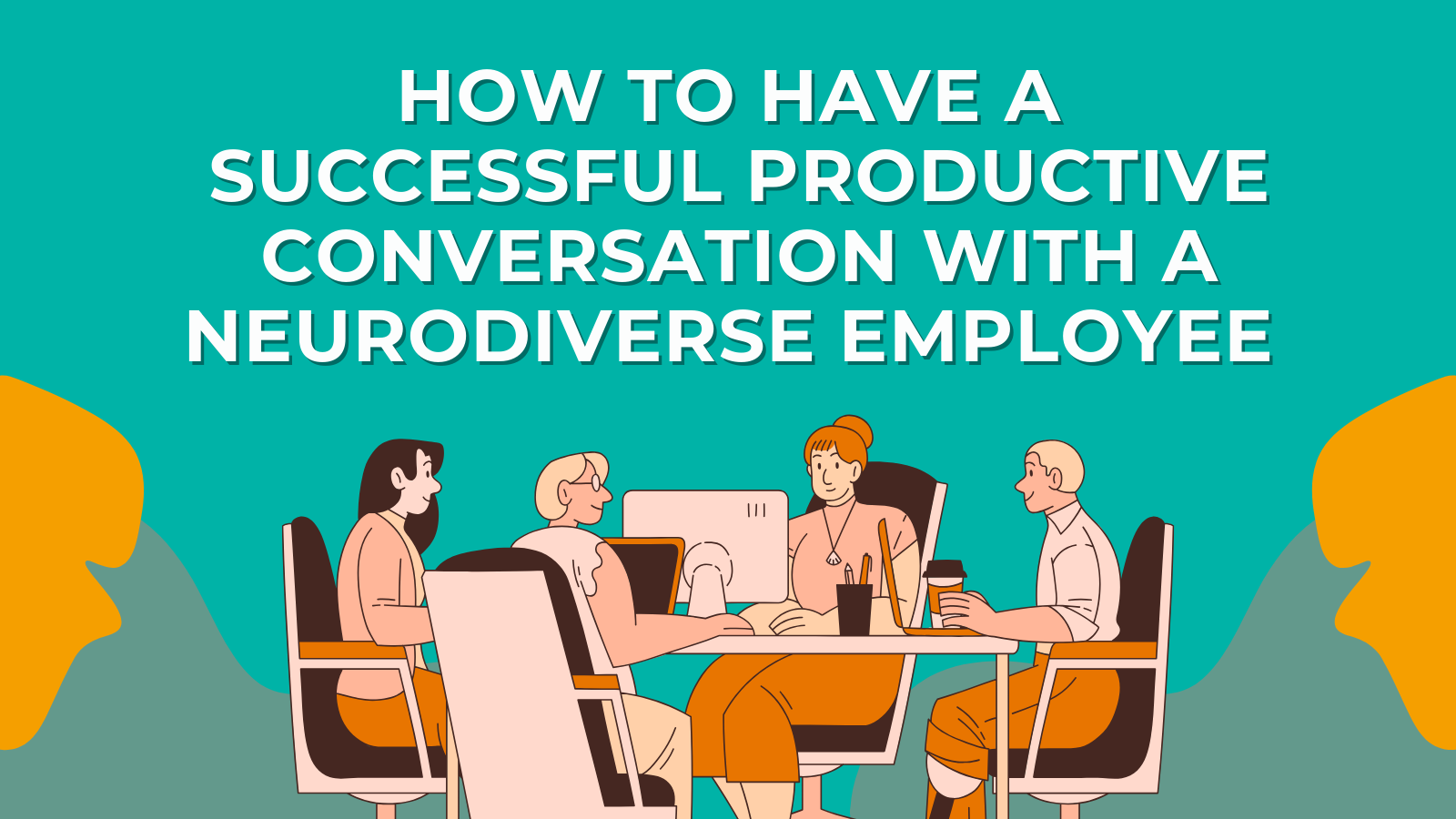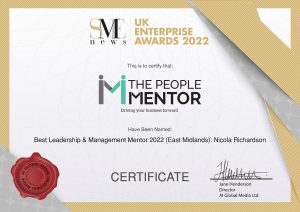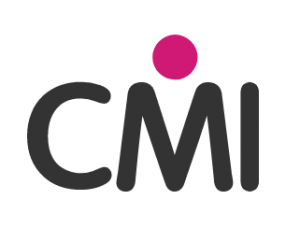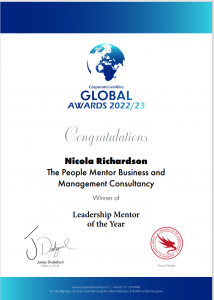Hi, I’m Nicola from The People Mentor, and in today’s podcast, I want to talk about how to have a successful productive conversation with a neurodiverse employee.
Now businesses have always faced challenges, but in the last few years in particular, many have transformed out of necessity. How do they change and grow for the future while remaining a place where a workforce with ever-evolving needs wants to work?
Some companies have increasingly begun to harness the abilities of neurodiverse employees to drive creativity and innovation, and as we’ll see in this podcast, they are reaping the rewards.
But hiring neurodiverse employees isn’t enough. Once they become employees, they need a safe and inclusive workplace to thrive in as well as managers who know how to communicate well with them and get the best out of them.
So what does neurodiverse mean?
Put simply, everyone is on a spectrum in terms of how their brain functions and how they behave. Neurodiversity refers to the infinite diversity that exists in all humans. Depending on how your brain functions, you’ll have different strengths and weaknesses.
Unfortunately, neurodiversity is often discussed using negative or medical language. It’s talked about as a disorder to be treated or a wrong that needs to be put right.
I think we would all do better if we talked about the strengths of neurodiverse individuals rather than just the challenges they face, especially in business.

Forward-thinking employers like Microsoft and JP Morgan are already doing this. They are just a couple of examples of companies that are either running neurodiversity at work initiatives or are in the process of putting one together.
JP Morgan reported that after three to six months of working in its mortgage banking technology division, autistic employees were 50% more productive.
So what we are increasingly seeing is that businesses are recognising that there are untapped benefits in having neurodiverse individuals in teams, such as different approaches to problem-solving, creativity, and visual-spatial thinking skills.
With this in mind, how can you as a manager, understand and accommodate neurodiverse individuals on your team?
Let’s look at some common neurodivergent thinking styles. Understanding the strengths and challenges individuals may have at work can help.
First up, there’s autism.
Autistic people are often great problem solvers and logical and analytical thinkers. Many can absorb and retain complex information which makes them particularly suited to specialist technical work.
When it comes to the challenges autistic people face at work, many of them centre around social interaction. One of the things managers need to keep in mind if they want to have a successful productive conversation with a neurodiverse employee is that they think literally. This means that things like using jargon or metaphors will be very confusing for them.
Next, let’s look at dyslexia.
Dyslexic people are innovative and creative and tend to be very good at ‘big picture’ thinking. Challenges they face at work can centre around staying organised and they also often have problems when it comes to reading or writing quickly. The British Dyslexia Association have developed a style guide for documents which can help with this.
As dyslexia is often hidden or very subtle, managers should be aware of other team members dismissing them as slow or lazy. This is where training on neurodiversity can help raise awareness and start conversations on how neurodiverse individuals can be better supported in the workplace.
Next, we’re going to look at ADHD.
Employees with ADHD or ‘ADHDers’ often excel at multi-tasking and tasks that involve creativity or problem-solving. They are always on the lookout for mental stimulation, so they can do well under pressure where many others would struggle.
There’s a common misconception about employees with ADHD, which is that they are unable to focus. When they are working on an engaging and stimulating task, their ability to focus can be quite impressive.
So what challenges do they tend to face at work? Well, many ADHDers can get restless and bored if tasks don’t stimulate them enough. They are often also more distracted in busy work environments.
Something to bear in mind if you are a manager who wants to have a successful productive conversation with a neurodiverse employee with ADHD is that they can struggle to organise their thoughts and maintain their focus during conversations.
So what does this all mean for you as a manager?
It means that to accommodate and communicate well with neurodiverse team members, you may have to change the way you do things. Here are some of my top tips on better communication and management when it comes to neurodiverse individuals.
Start right from the beginning. When you are onboarding a neurodiverse employee, clarify workplace conventions. They won’t necessarily pick up on those ‘unwritten rules.’

Autistic people in particular struggle with a lack of clear or direct information. They like to know the ‘rules’ whether that relates to breaks, dress code, or something else.
Clear communication is so important on all levels.
Task communication is something that you should take your time with. In a busy workplace, tasks are often communicated in a rush which causes confusion, stress, and anxiety for neurodivergent employees. Think about how you could use different mediums to communicate a task and help employees stay organised. For example, dyslexic people might prefer having a mind map to help them prioritise work and meet their deadlines.
If you want to have a successful productive conversation with a neurodiverse employee, communicate clearly and use straightforward language. As many neurodivergent people think literally, try to avoid saying anything that may be misunderstood and misinterpreted.
As I mentioned earlier, try not to use jargon or metaphors that could be hard to understand. Just go back to basics, be clear about what you’re trying to say, and stick to specific questions rather than open-ended ones.
As well as clear communication of information, you also need to focus on pacing the flow of information. Neurodiverse team members will find it difficult if you bombard them with a lot of information, especially if you don’t share things in a logical order.
Slow down the flow of information if necessary and give people time to process what you’ve said.
Another important thing to focus on is the way you give and receive feedback.
Establishing a regular pattern of structured and positive feedback can be beneficial and reassuring for neurodiverse team members who’ve had bad experiences in the workplace previously.
Giving the team member opportunities to give you feedback is also important as it can help you to keep an eye on their progress and see how you can better support them.
One thing to remember when you are receiving feedback or any other communication from a neurodiverse team member is that their communication style is going to be different. For example, an autistic person will often speak completely honestly and their frankness can come across as rudeness.
Don’t react; instead, reflect and understand that anything they may have done or said probably stems from a sensory overload and the stress of having to ‘fit in’ to a world that is built for those who are neurotypical.
Finally, the best advice I can give you for creating a safe and inclusive working environment for a neurodiverse team member and communicating well with them is to be mindful of sensitivities they may have. For example, an autistic team member may be unsettled by particular sounds. Some neurodiverse people find changes to their routine or any aspect of their work difficult to cope with.
So when you talk to them about changes, pace the flow of information, be patient, and give them time to adapt.
Communicating well with anyone in the workplace takes thought, practice and preparation. Clear communication is always a challenge.
Having a successful productive conversation with a neurodiverse employee adds another level of challenge.
However, I think that the more knowledge you have around neurodiversity and how to approach conversations with individual team members, the easier your life will be.
Not only that, you’ll make your team members realise that you care about creating a safe and inclusive workplace for them.

If you want to learn more about things like the art of communicating with your team and you have situations you’d like to discuss with someone who is an independent and non-judgemental sounding board, why not join The People Mentor Leadership Club?
I call it an empowering and supportive community, where every month you get club support, weekly calls and invaluable tips, online videos, training, templates and access to an online community for support.
I’ve spent over 33 years leading and managing teams and I’ll have dealt with most of the same situations you’re dealing with, so why not sign up and get some invaluable information and knowledge, as well as the benefit of my experience?
If you want to develop your management and leadership skills and get on the fast track to team success, you can find out more about joining my great value club and the amazing benefits that come with it here.
That’s all for today’s podcast, I do hope it’s given you some food for thought.
Until next time, this is The People Mentor, signing off.






